|
8/24/2020 The eight emotional need states that can give your food brand a competitive advantage.Read NowUnderstanding consumer needs is a foundational part of marketing and innovation. But all too often, product marketers focus on satisfying consumers’ functional wants rather their emotional needs. Building loyalty with customers is not just about giving them more taste and bigger portions, it’s about understanding and satisfying their emotional needs through food. How we eat, what we eat and how much we eat is directly related to our emotional state of mind. Research has shown that when a brand develops a strong emotional connection with consumers through a better understanding of their psychological motivations, they will easily gain marketshare, increase profitability and develop a distinct advantage over the competition. “Eating is more a matter of the mind than it is the body.” To help brands develop this emotional bond, Secret Ingredient Marketing has developed a simple tool that maps a range of emotional food needs and is a useful way to kickstart the marketing and innovation process. THE 8 EDIBLE EMOTIONS™ After digging through stacks of need state research and applying our collective wisdom gained from over 25 years in food marketing, we have found that the psychology of food can be summarized into the following 8 core emotional food motivations. 1. Personal Pleasure “The only time to eat diet food is while you are waiting for the steak to cook.” – Julia Child The desire to derive personal pleasure through food is probably the most obvious and best understood emotional driver of food choice. The desire for decadent, highly indulgent, over-the-top food that appeals to our hedonic tendencies is a well worn idea. Sometimes we want to forget the diet and go for food that gives us pleasure. 2. Belonging “Laughter is brightest in the place where the food is.” – Irish Proverb Food is an important bonding agent. It has a unique ability to bring people together and create shared experiences. No matter the culture or the geography, people all over the world gather around food. From the romantic first date, to the backyard BBQ, to anniversaries and celebrations, food is a driving force in building community and togetherness. 3. Health “Don’t dig your grave with your own knife and fork.” – English Proverb Now more than ever, our food choices are driven by our interest in better health. Healthy eating has reached the tipping point and gone mainstream. As a culture, we have come to experience the consequences of a poor diet and are determined to do better. While we will never settle for cardboard taste, we are looking to find food that makes us feel good about what we’re putting in our body. 4. Identity “Tell me what you eat, and I will tell you what you are.” – Anthelme Brillat-Savarin Food defines us. Like the clothes we wear and the cars we drive, our food choices help define who we are and how we want others to view us. While some of us may love to devour a Big Mac, others would never be caught dead holding a McDonald’s bag. And, while BBQ may be a favorite food, many would say that it’s not good “first date” food. There is girl food and guy food, downscale food and upscale food, global food and local food. It is true, we are what we eat. 5. Adventure “Don't eat till you're full, eat till you're tired.” ― Andrew Zimmern Food has gone global and bland is boring. This is the perspective of today’s eater. More so today than in the past, consumers are eating adventurously. They are actively seeking new exotic flavors, fusions, forms and types of cuisine. Shows like “Bizzare Foods” with Andrew Zimmern and Andrew Bourdain’s “No Reservations” have further expanded our interest in the wide world for food. 6. Comfort “You can’t be sad while holding a cupcake.” - unknown There is security in the familiar. The same is true of familiar foods. When we’re under stress, having a hard time coping or feel a need to get in touch with our roots, we turn to comfort food. Comfort food provides nostalgic or sentimental value that grounds us and gives us a sense of well-being and belonging. It can take us back to our childhood, remind us of our heritage and help us relive our mother’s home cooking and thereby provides emotional healing and security. 7. Relevance “I've always had a fantasy to write a cookbook, because everyone wants to know what a model eats.” - Padma Lakshmi Food is the new fashion. The marriage between pop culture and food has never been stronger. As a culture, we are obsessed with chasing food trends, finding new food innovations and demonstrating our pop culture sophistication and influence through our Facebook and Instagram posts. Reality TV shows like Top Chef and Hell’s Kitchen have given us a new language to talk about food at the water cooler and turned us all into amateur food critics. 8. Vitality “Let food be thy medicine and medicine be thy food.” - Hippocrates Since the beginning, man has looked to food for potency and vitality. Consumers today are no different. They’re looking for food to make them feel mentally and physically energized, enhanced, stimulated and recharged. They want functional food with purpose that will improve energy, cognitive ability, heart function, joint health, kidney function, digestion, etc. Maybe there is a fountain of youth. And, maybe it comes in assorted flavors. THE EDIBLE EMOTIONS WHEEL™ As the graphic below shows, these 8 food need states can be visualized as a wheel with an imaginary X and Y axis running through it. The X axis represents a range of psychological motivations from egocentric “me” motivations to socio-centric “we” motivations. For example, on the left side of the X axis, the need for a pleasurable eating experience can be explained by our ego-driven motivational needs. On the right side, we can see that our need for food that brings us together as a bonding vehicle is explained by our socio-driven motivations. The Y axis represents a range of motivations from security to fulfillment. At the bottom of the Y axis, the need for healthy food maps with our need for security and at the top our need for fulfillment and self-actualization helps us see how food can reinforce our personal image. EDIBLE EMOTIONS™ IN ACTION
There two basic interrelated ways to use this model. One way is to use the wheel to understand the emotional value of your brand in relation to the competition. The other way is to use it to stimulate product innovation. Brand Identity Map your brand and the competition against the 8 need states. Do different brands satisfy different emotional needs? Is there an ownable emotional territory for your brand? If so, what are the “go to market” implications? Do you have the right products and the right marketing communications? Perhaps there is an opportunity to be known as an "adventurous" brand. If so, you'll want to make sure that your brand products and brand experience evoke adventure. Or, maybe you want to be known as a "vitality" brand. In that case, you will want to be at the forefront of the functional food movement. You will also want to stay away from comfort food (unless, you can turn comfort food with a health & wellness spin). Product Innovation What emotional needs do current products address? Mapping your current products on the wheel will help you see where opportunities for new products may lie. If you find that a need state is under served, you may want to start innovating in that area. Conversely, the wheel may also highlight potential items for deletion. Great food is a creative combination ingredients. So, why not try for a creative combination of food need states. For example, how can you make comfort foods modern and relevant? How can you create healthy foods that still feel indulgent? Or, how can you make trendy foods shareable so that they satisfy the need for togetherness and belonging? DEEPER UNDERSTANDING THROUGH RESEARCH At Secret Ingredient Marketing, we find this model to be a great idea starter for thinking about innovation and helping clients explore new and relevant directions for their menu offerings. That said, it is not a exhaustive picture for human emotion and food. Each one of the 8 emotions can be unpacked further with more subtle emotions emerging. Through qualitative and quantitative research, we have been able to dig deeper into each core emotion to provide clients with a more detailed understanding or consumer emotion and how their brand fits in. We hope you find this approach useful. If you would like to discuss in more detail, learn about our workshops, or discuss adding consumer research, please reach out.
11 Comments
|
Details
AuthorDavid is a food marketing & advertising consultant and entrepreneur who has led the development of highly effective, award winning integrated marketing plans and innovation solutions for a broad range of food & beverage brands. As an industry thought leader, David has been a featured speaker at marketing conferences and a contributing author to important publications like ADWEEK and VentureBeat. ArchivesCategories |
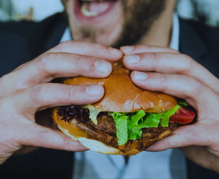


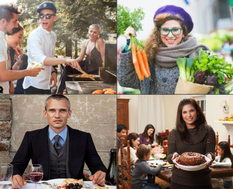
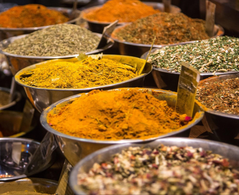
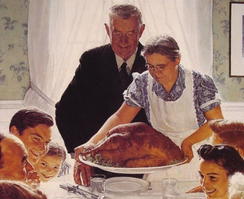
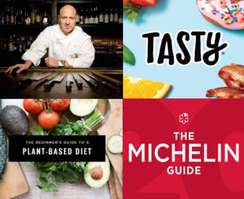

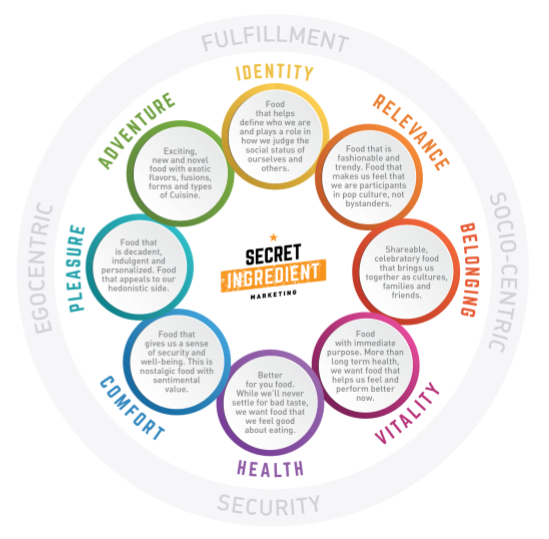

 RSS Feed
RSS Feed
